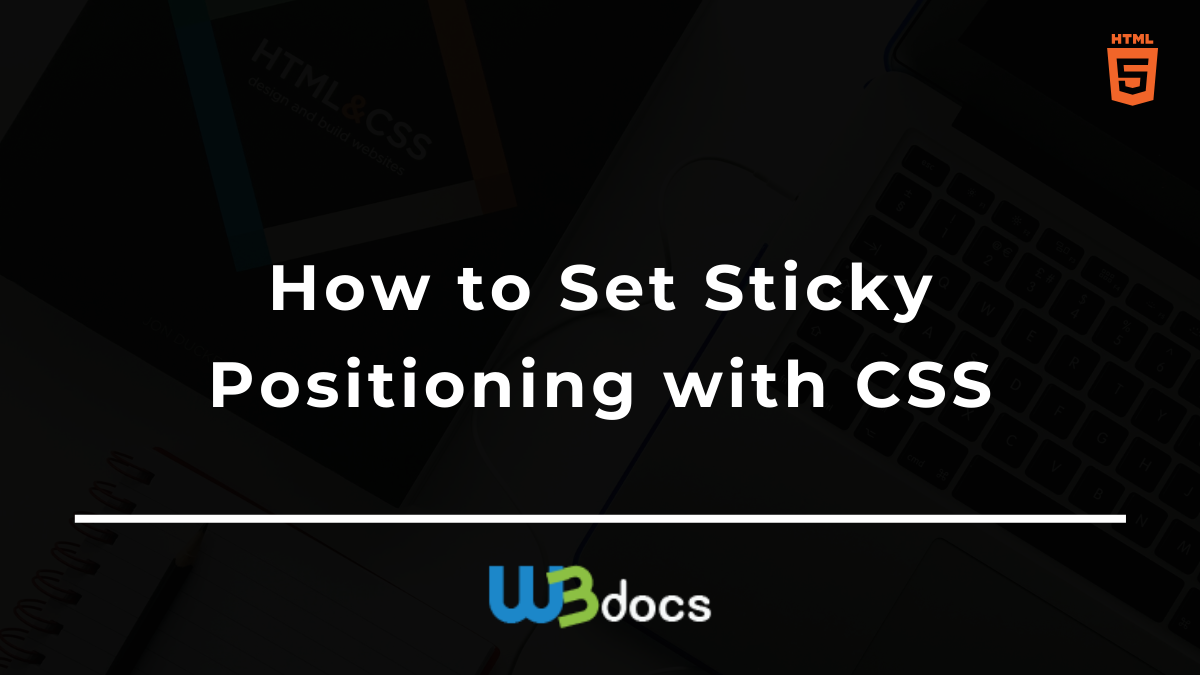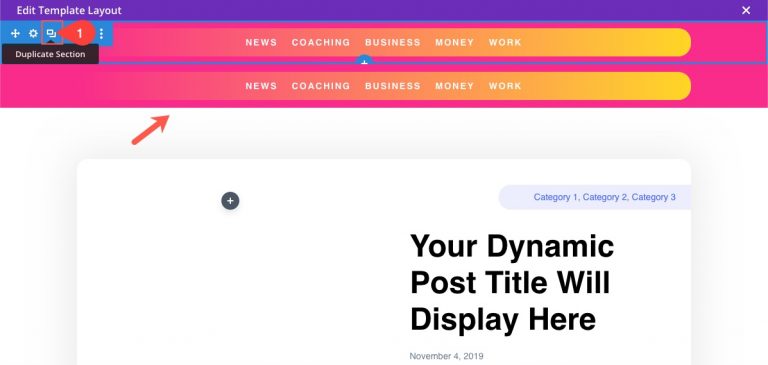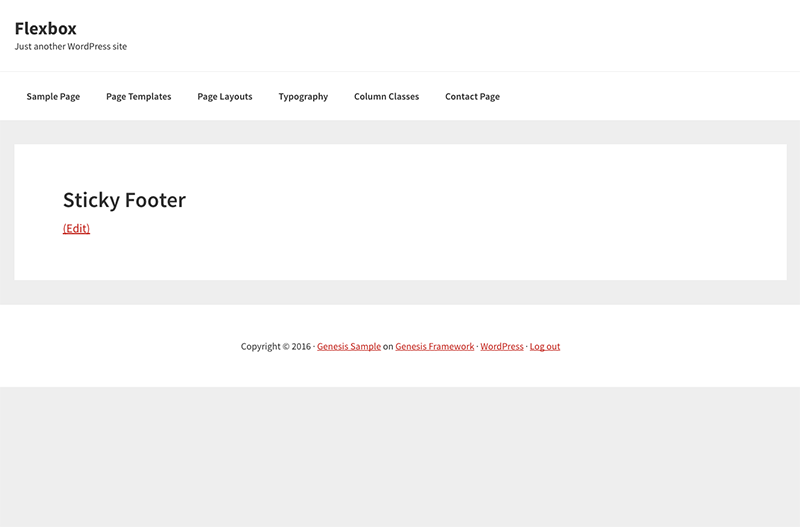
#WEBKIT STICKY CODE#
The –webkit- code will be ignored by other web browser rendering engines. webkit-transition-property: width -webkit-transition-duration: 2s Four years ago Eric Bidelman created a rather awesome blog post about the fact that position: sticky landed in WebKit, which at the time was the engine that powered Chrome (as well as many other browsers including Safari). In order for the same transition effect to render on browsers using the WebKit engine, the CSS code will be as follows: In Chrome and Firefox it always remains sticky as expected. While all browsers may be able to render old CSS specifications to the largely the same degree, the same does not apply to newer CSS3 modules.įor example, in the code CSS3 code below the green square widens horizontally over a period of 2 seconds when the mouse hovers over it.ĭiv 7 If you open this Fiddle in Safari (12.1.2 but should work for all recent versions) and start scrolling down the white scrollable area, at first the sticky 'Header' element will remain sticky, but will later scroll off the screen. The relevance of webkit is in relation to CSS3, the new generation CSS modules that allows features like transition effects, multiple column layouts and animation. For this property to work, it needs more. Due to the lack of cross-compatibility, webkit code may have to be included in CSS in order to ensure that it will render as intended on Chrome and Safari. There is an out-of-the-box solution built right into CSS which is position: sticky and position: -webkit-sticky. The element is treated as relative positioned until it crosses a specified threshold, at which point it is treated as fixed positioned. MDN explains it well: Sticky positioning is a hybrid of relative and fixed positioning. The term ‘webkit’ is therefore also part of the CSS syntax used to render content for the Safari and Chrome broswers. WebKit dropped in 2013, Firefox in 2014, and now Blink in (probably) 2016.

Initially the element behaves like a normal Relative positioned element. When a element is positioned as sticky with CSS3, a threshold value is also added along it. In other words, content that may have been designed for Internet Explorer may not render as the designer intended on another browser like Mozilla Firefox. Sticky positioned elements is a combination of relative and fixed positioning. Internet Explorer uses the Trident engine, Mozilla products like Firefox uses Gecko, Opera uses the Presto engine and the WebKit engine is used by the Safari (Apple) and Chrome (Google) browsers.ĭue to different web browser rendering engines, there is at times some cross compatibility issues for content layout. Not all web browsers use the same rendering engine. It takes the data from HTML or PHP and so on, formats it according to the CSS or XSL and the serves it to the user’s browser. To put it simply, the rendering engine is the component that is responsible for what is seen in the browser. For this reason it is also referred to as the web rendering engine. It is the component of a web browser that is responsible for rendering the content. In order to understand the relevance it is first important to have a working knowledge of web browser engines. It is also the CSS syntax used for CSS3 modules. Webkit refers to the browser rendering engine used for Apple’s Safari and Google’s Chrome browsers. However, there is still quite a bit of confusion relating to the term ‘webkit’ in terms of what it means and how it is used when coding CSS. So in your example, you have to define the position where it should stick in the end by using the top property.The word ‘webkit’ has become more popular in recent times when talking about CSS and web design.

Otherwise, it will be indistinguishable from relative positioning. Grid auto-placement will place our items in source order and so the header goes. We then create a single column grid layout with three rows, one row for each part of our layout. wrapper has a minimum height of 100 which means it is as tall as the container it is in. Whereas using Flexbox for a sticky footer does not require an extra element and allows us to use a varying height footer. In web design, fixed heights are usually not encouraged as content can change. A stickily positioned element is treated as. The methods presented above require footers with a fixed height.

You must specify a threshold with at least one of top, right, bottom, or left for sticky positioning to behave as expected. In the above example we achieve the sticky footer using CSS Grid Layout. Sticky positioning can be thought of as a hybrid of relative and fixed positioning.

Sticky positioning is a hybrid of relative and fixed positioning.


 0 kommentar(er)
0 kommentar(er)
